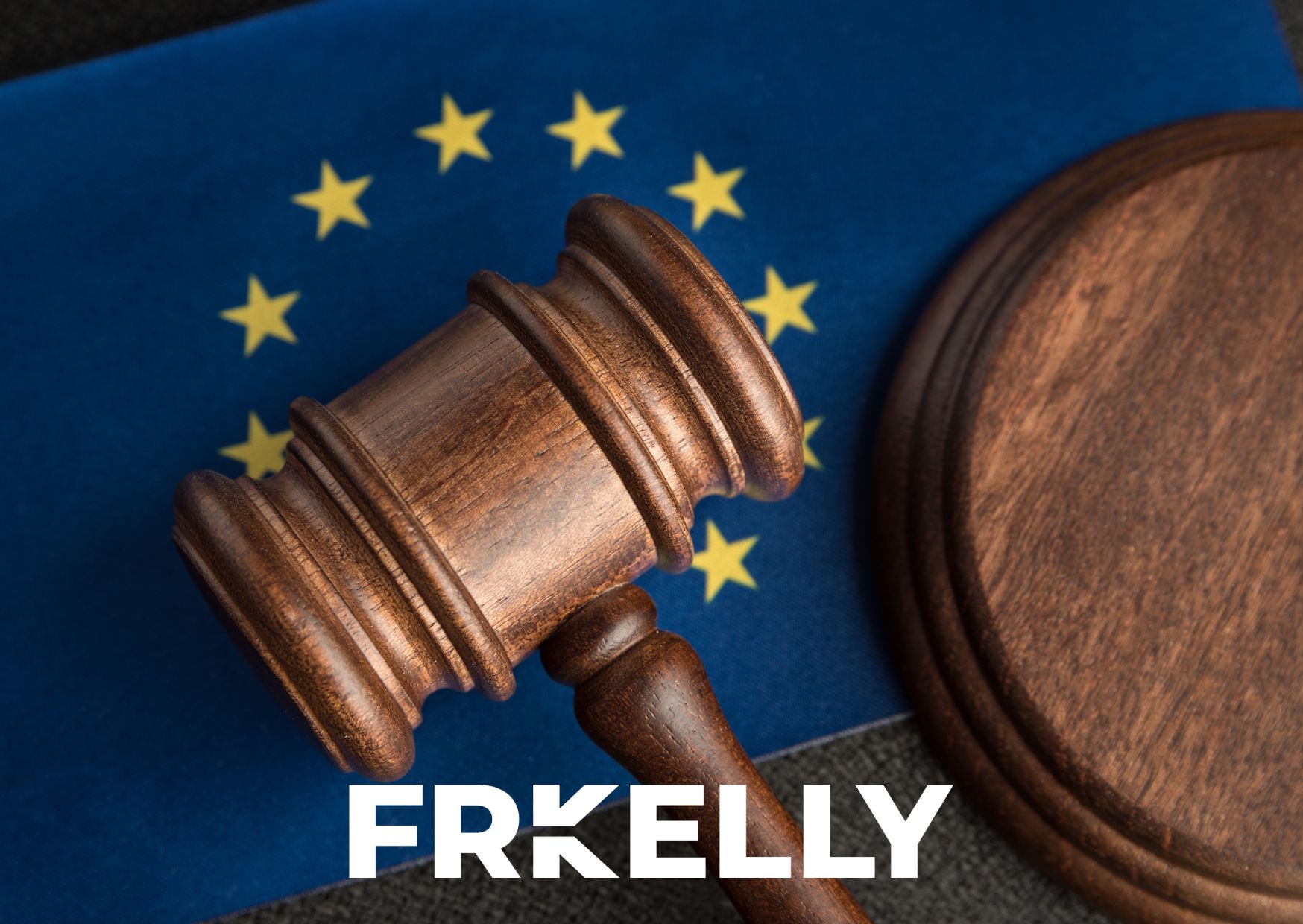EUTM Invoice Scams: German Courts deliver judgement against fraudsters
24th October 2024

In Sta Grupa AS v European Union Intellectual Property Office (EUIPO) (Case T 2-07/23), the general court has given consideration to the assessment of evidence of genuine use in a revocation action against the trademark VAPIX. VAPIX is a free-to-access computer tool used in conjunction with a parent brand.
Background
In 2006 Axis AB, a Swedish surveillance company, sought to register with the EUIPO the word mark VAPIX for the following goods in Class 9:
Interface for cinematographic, optic apparatus and instruments; interface for apparatus and instruments for measuring, signalling and control (surveillance); interface for apparatus for recording, receiving, transmitting or reproducing sound and images; interface (for computers).
The mark was registered on 2 February 2007 and renewed on 5 April 2016.
In January 2020 Sta Grupa AS, a competitor, filed an application to revoke the VAPIX mark for all goods in Class 9, on the ground that VAPIX had not been put to genuine use within a period of five years.
Axis submitted evidence to demonstrate genuine use of its mark. In response, Sta Grupa filed observations contesting the evidence and claiming that the VAPIX application programming interface (API) was a free-to-access computer tool, and was not used independently of the parent EU trademark AXIS, also owned by Axis.
The Cancellation Division of the EUIPO revoked the VAPIX mark, stating that there was insufficient evidence from independent sources and lack of evidence that the products bearing the VAPIX mark were delivered or sold to customers as independent products, rather than as ancillary products under the AXIS mark. Other reasons stated were that:
It noted that there was very little reference to VAPIX in the evidence filed, which referred mainly to the AXIS mark.
Axis appealed the decision, and the Board of Appeal upheld the appeal in part. The board found that genuine use of the VAPIX mark had been proven for APIs in relation to digital surveillance and, although the VAPIX APIs were being offered free of charge, they did have a commercial aim.
Sta Grupa sought to annul the board’s decision before the General Court, seeking a full revocation of the VAPIX mark on the ground that the board had erred in its assessment. It filed a single plea divided into four complaints relating to the time, place, nature and extent of use of the mark.
General Court Decision
The court noted that the rationale for the requirement for genuine use of a mark is to prevent inactive proprietors of EU trademarks from being granted an indefinite legal monopoly over their registrations. It also reinforced previous settled law that, when assessing genuine use, proof of use must relate to the place, time, extent and nature of use of the contested mark. It is for the proprietor of the contested mark to prove genuine use.
With respect to the Board of Appeal’s findings, the court held as follows:
The General Court dismissed the action and ordered Sta Grupa to bear the costs incurred by Axis. The EUIPO were ordered to bear its own as no oral hearing was held.
Comment
This decision provides valuable insight into the intricacies of assessing what constitutes evidence of genuine use in revocation actions before the EUIPO. In addition to reinforcing settled law on this complex area, the court also provided useful commentary on the probative value of some of the evidence adduced, which will prove extremely beneficial to brand owners and practitioners. One notable feature of this case is that it highlights the challenges for brand owners when called upon to defend the use of ancillary trademarks.
This article first appeared in WTR Daily, part of World Trademark Review, in May 2024. For further information, please go to www.worldtrademarkreview.com.
